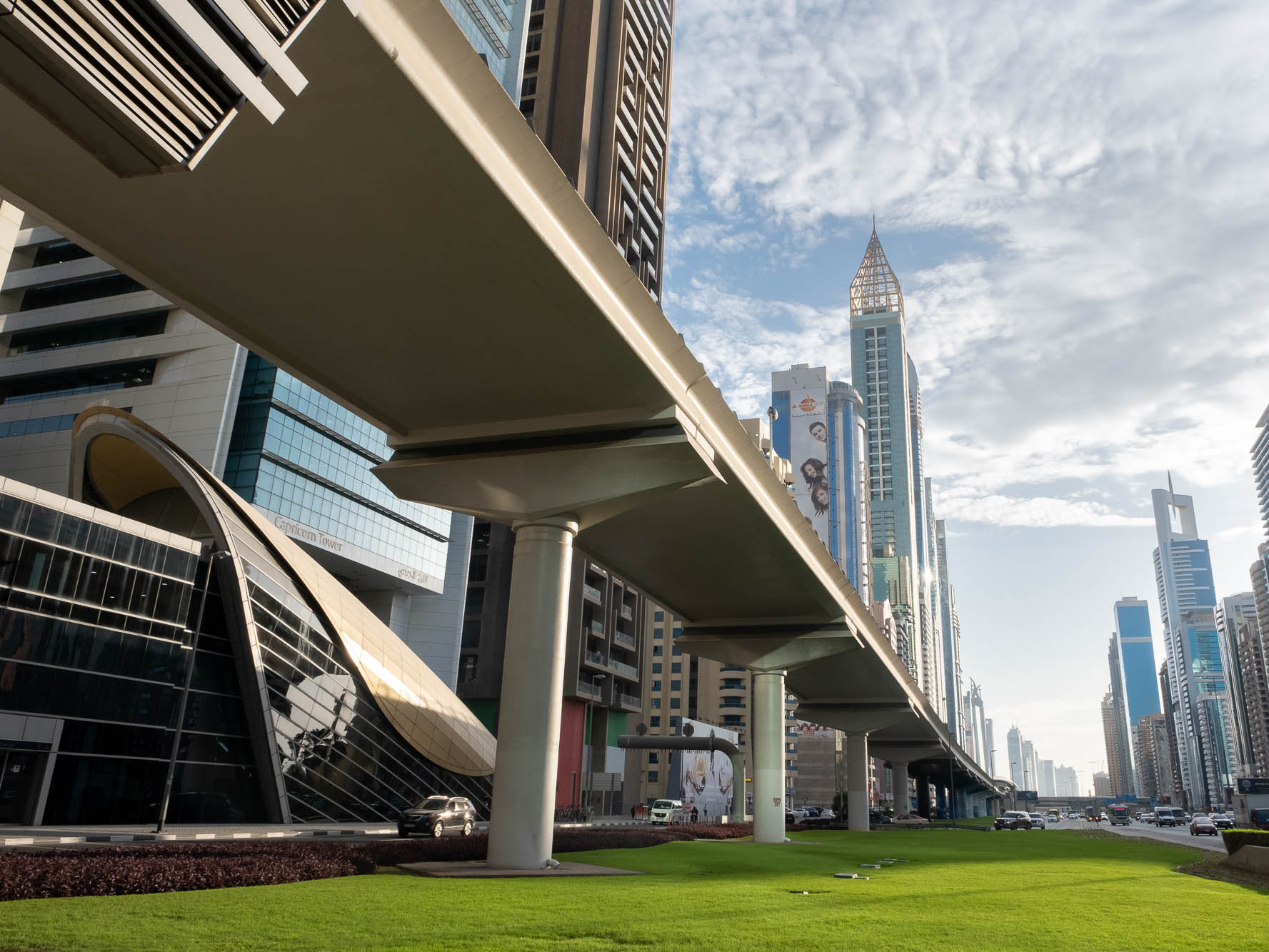- Dubai has the world’s third-largest automated, driverless metro system, a futuristic and highly reliable system that opened in 2009 and continues to be expanded.
- On a recent trip to Dubai, I rode the city’s Red Line, the longest fully-automated metro line in the world. It cuts through the center of Dubai, flying past the city’s many newly built skyscrapers and landmarks.
- The experience – which included cheap fares, air-conditioned cabins, on-time service, and multiple ticket classes – left me thinking about how far behind US infrastructure has become, when even the country’s best metro, the New York subway, is old and struggling to modernize.
Visiting Dubai can often feel like hopping into a time machine to the future. The city emerges out of the desert seemingly from nowhere, with each gleaming skyscraper, landmark, and new building looking more futuristic than the last.
Dubai’s decade-old metro system is no different. The bullet-shaped stations lie above ground like golden space pods and the trains race through the center of the city, weaving past skyscraper after skyscraper.
It’s not just the shape and aesthetic that make the metro futuristic, but the underlying technology as well.
All of Dubai’s 49-station, 46-mile metro is completely automated and driverless, making it the third-largest such system in the world, after systems in Singapore and Vancouver. The city’s Red Line, which runs like an artery through the heart of Dubai, is still the longest single driverless metro line in the world.
And it's getting larger. The city is currently constructing a third line - called Route 2020 - that will connect the southwestern Dubai with the site of the World Expo, which Dubai is hosting in 2020. The city is also constructing extensions to the existing Red and Green lines.
The practical result is that the automated metro has quickly turned local travel - previously a battle through traffic-choked highways in a car-reliant city - into a seamless, fast, and incredibly reliable travel experience. So long as you are traveling within the city, it's far more convenient than driving, as I found on a recent trip to Dubai.
While Dubai is far from the only city with a fully automated metro, most of the other similar systems lie in Asia and Europe. In the US, automated trains are currently limited to airports and a few very limited lines in Miami, Detroit, and West Virginia.
The best of the US's metro systems is likely still the New York City subway, but even that system is crumbling.
Traveling on Dubai's metro is an entirely different experience, as I learned when I recently rode the Red Line to downtown:
Dubai is far from the first city to introduce an automated, driverless metro. The first one built was in Kobe, Japan in 1981, but it has since been introduced in 42 cities around the world and the technology is considered to produce the most punctual and cost-efficient systems.
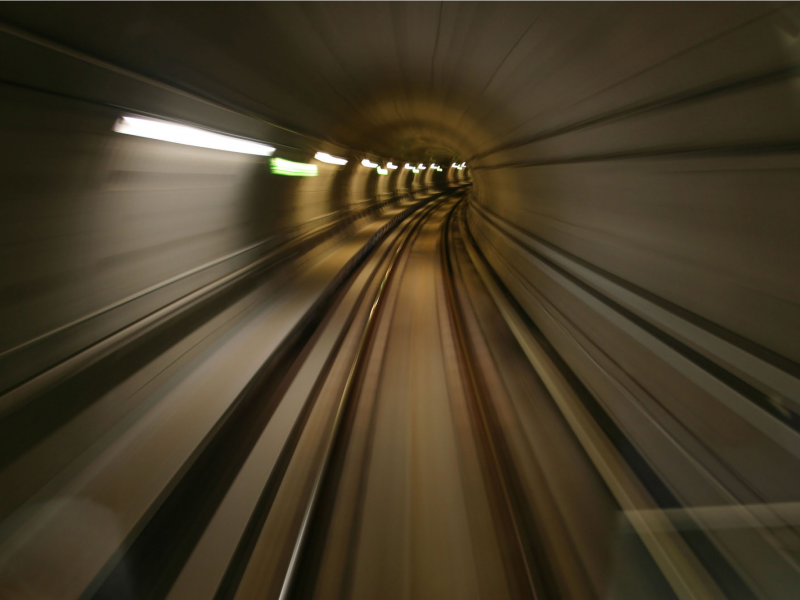
Dubai began construction on its metro in 2005. Just four years later, it opened. At the time, it was the largest automated rail system in the world. It's since been surpassed by Singapore and Vancouver, but it's still expanding — there are 49 stations and 46 miles of track so far.
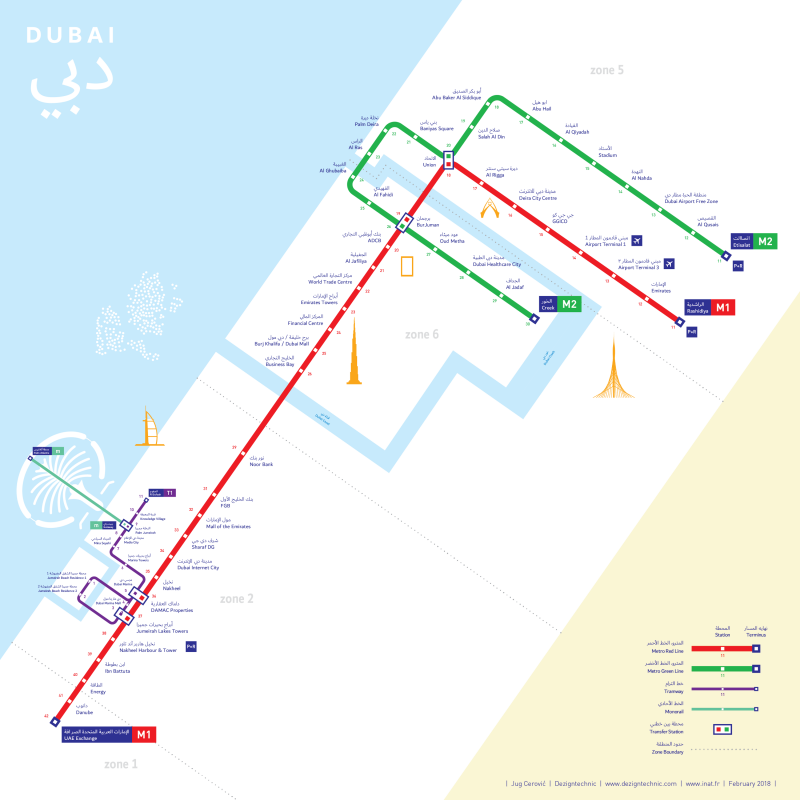
I decided to ride the metro while staying in the Al Jafiliya district. The Red Line station was a quick two blocks from my hotel. At 32.4 miles and 29 stations, it's the longest automated metro line in the world.
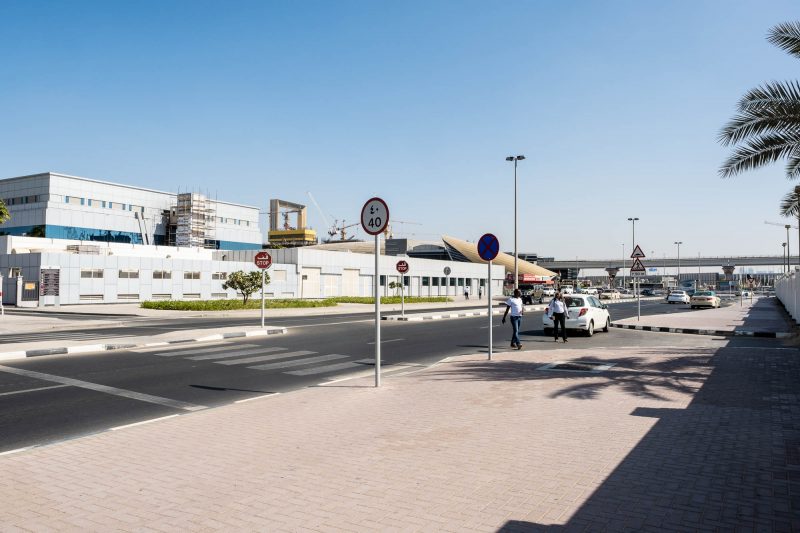
With everything being less than a decade old, the stations are fresh, clean, well-designed, and full of light.
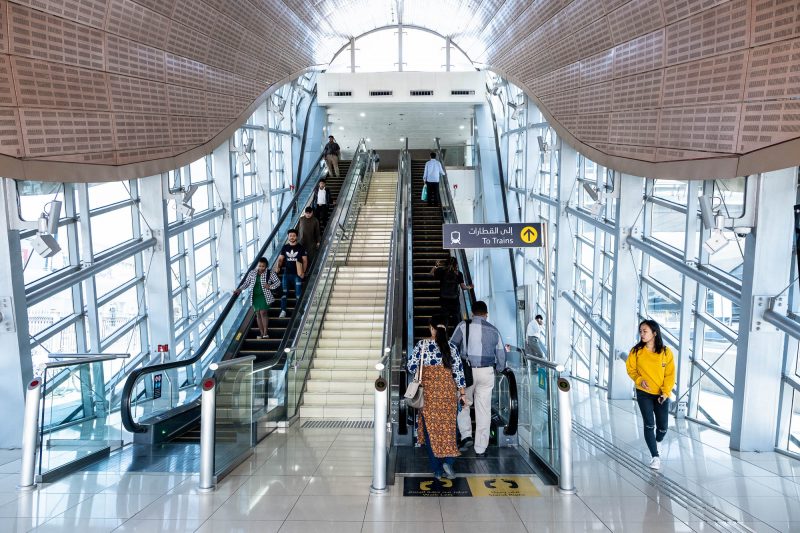
There's a helpful map as soon as you walk in, and directions to the elevator. Every entrance to a metro station in Dubai has wheelchair-accessible elevators to accommodate disabled passengers.

Source: Wheelchair Travel
The sleek design of the stations is no accident. The stations were designed by Aedas, one of the world's leading architecture firms.
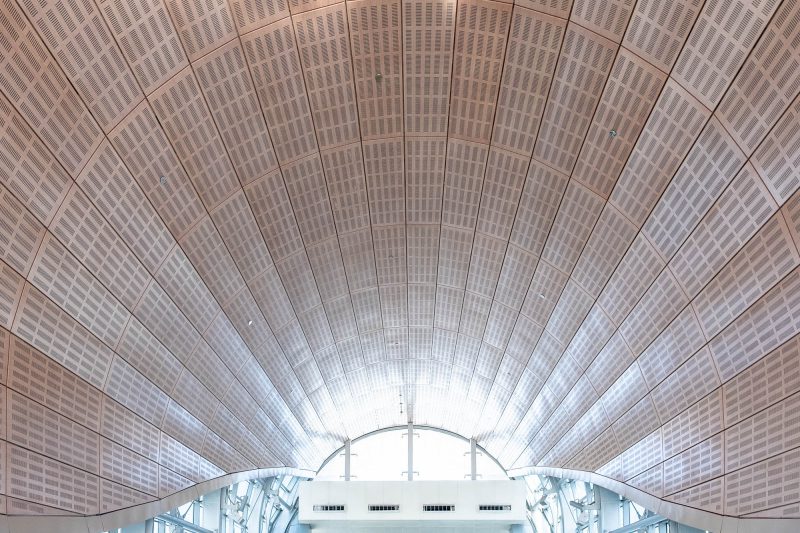
Aedas designed many of China's futuristic airports and train stations. It also worked on stations for Singapore and Hong Kong's metros, which are considered to be two of the best metro systems in the world.
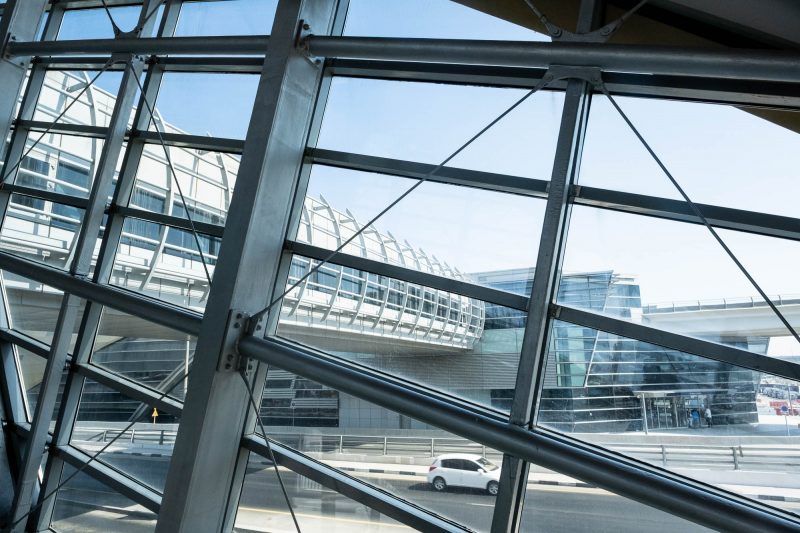
In addition to escalators, many of the metros have moving walkways to shorten the amount of time you have to walk to the train.
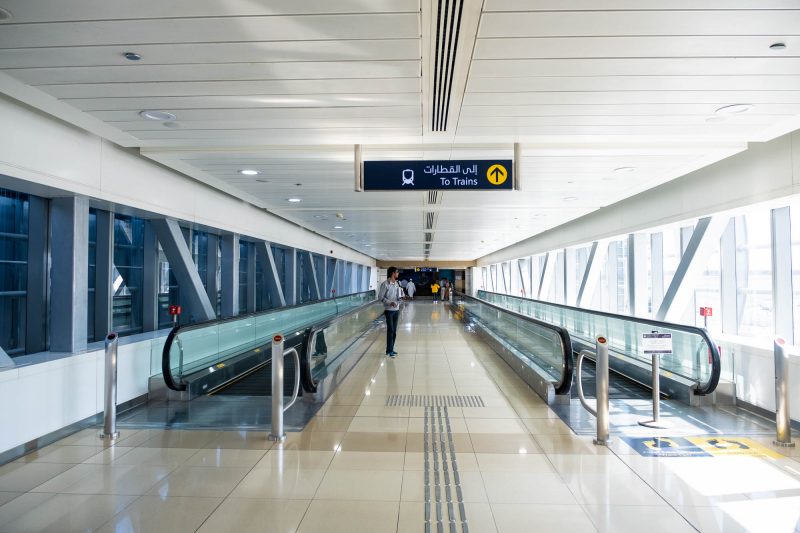
The travelators, as they are known officially, only run when you step onto them to save energy. I'm not that lazy. I walked.
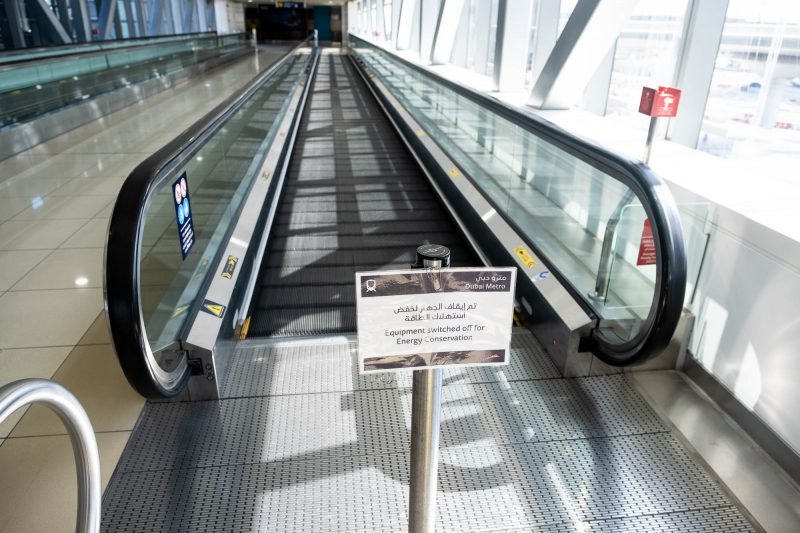
Each of Dubai's stations is designed with one of four themes in mind: earth, water, fire and air. Water stations, example, are designed with blue palettes and water-themed design elements.
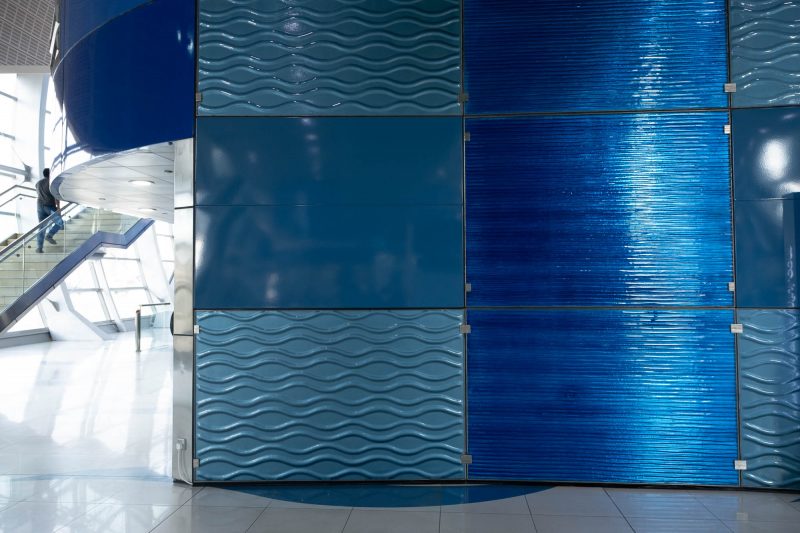
Source: GoDubai
You can buy your ticket at the information booth if you want.
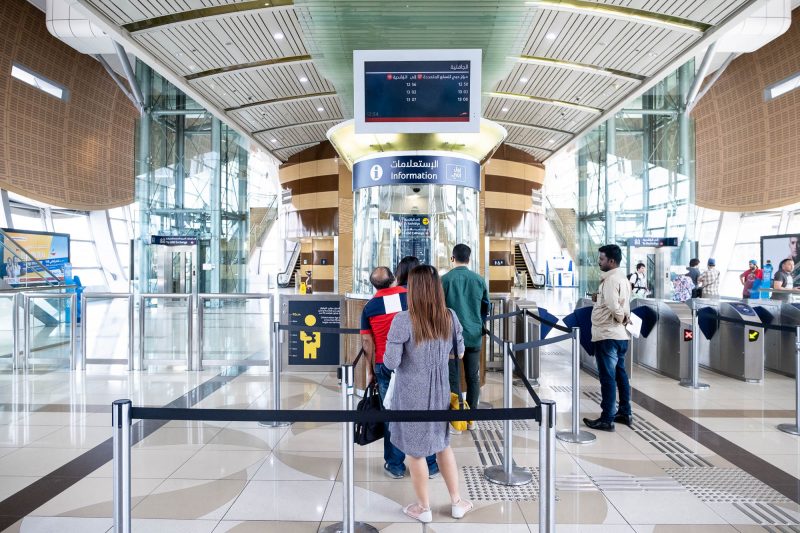
But the ticketing machine is more convenient.
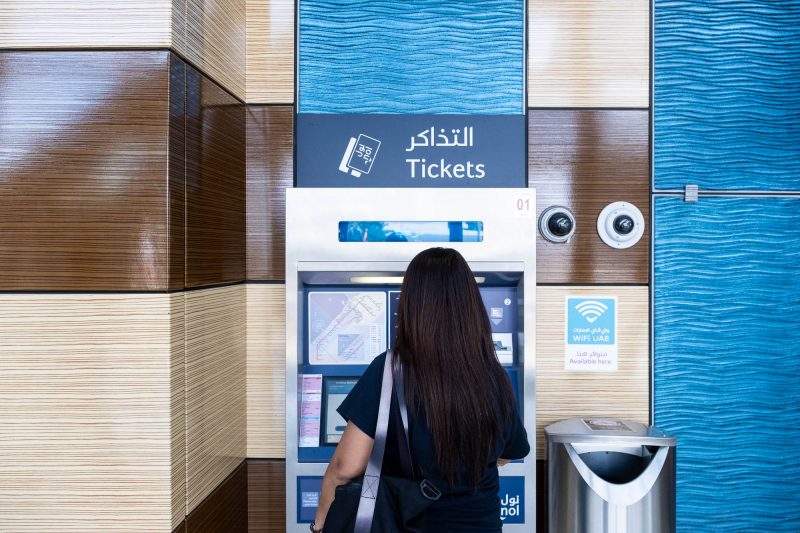
You can choose either a regular-class ticket or a "Gold Class," which is kind of like first-class on a train or plane.
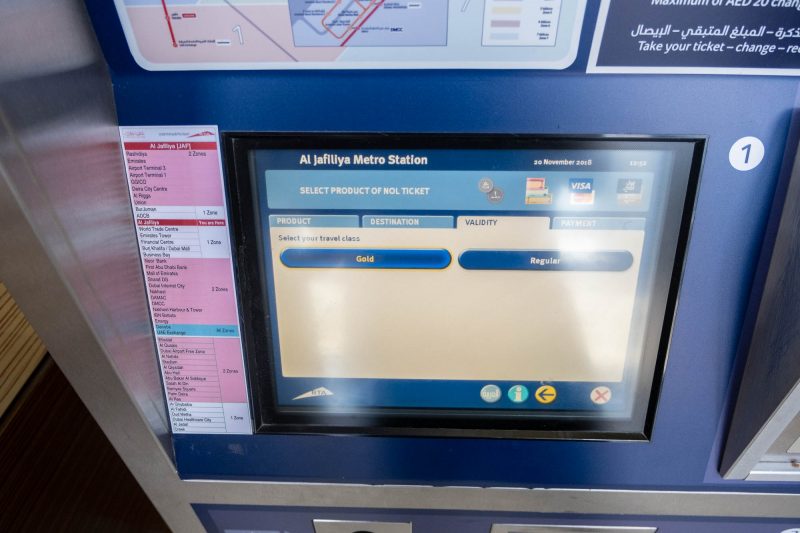
Pricing is by zone. It's pretty cheap regardless of whether you pick regular or "gold." The regular price range is between 4 and 8.50 Dirhams ($1.09-$2.31) while "gold" ranges from 8 to 17 Dirhams ($2.18-$4.63).
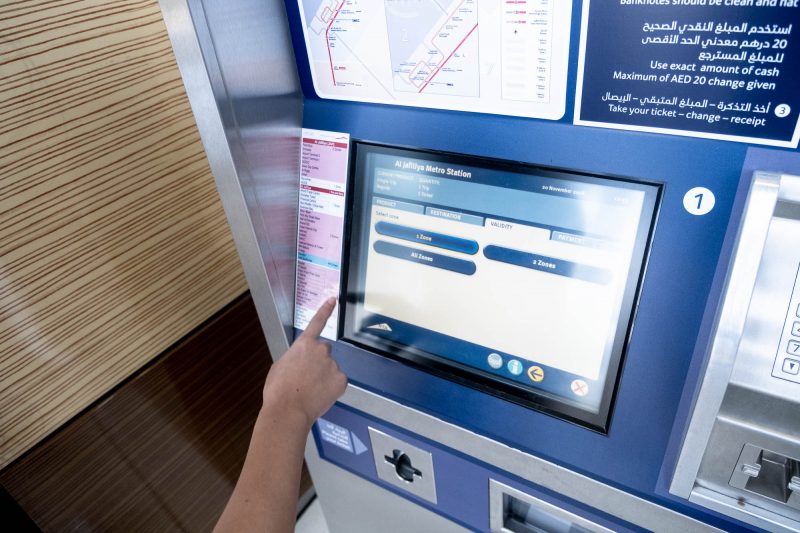
Source: Dubai Metro.Me
I opted for the regular tickets, which come on either single-use or reloadable cards. I was only planning on going one way, so I used the single ticket.
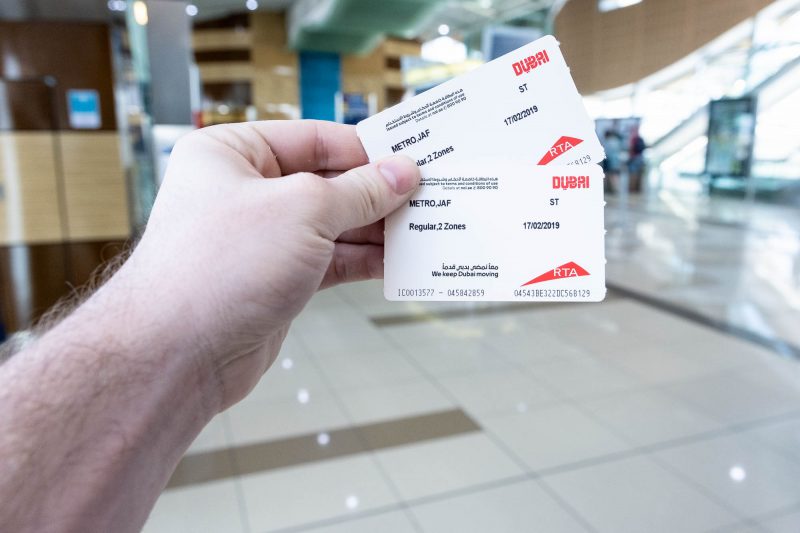
No matter which card you choose, they all use NFC-technology so it's just tap and go. It's fast and seamless. You can even load up your metro fare on your phone and use that to swipe in.
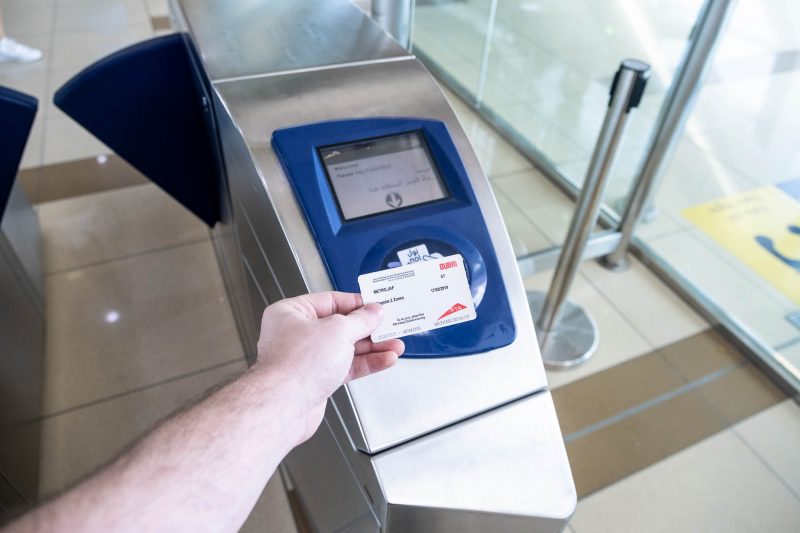
Source: Dubai Government
All stations and trains are equipped with solid Wi-Fi. Side note: There's so much free Wi-Fi availability all over Dubai that I barely used 1 GB of data after being there for a week.
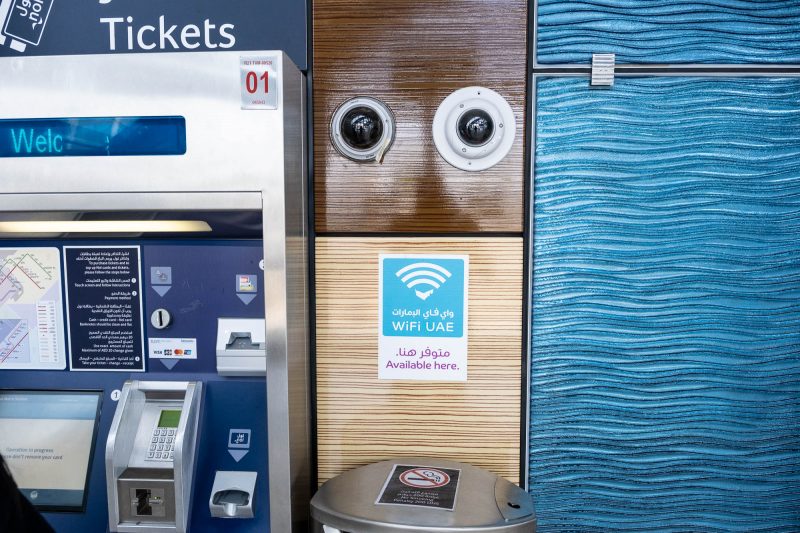
It's very easy to figure out which way you want to go. All signs and maps are clearly labeled in English and Arabic.
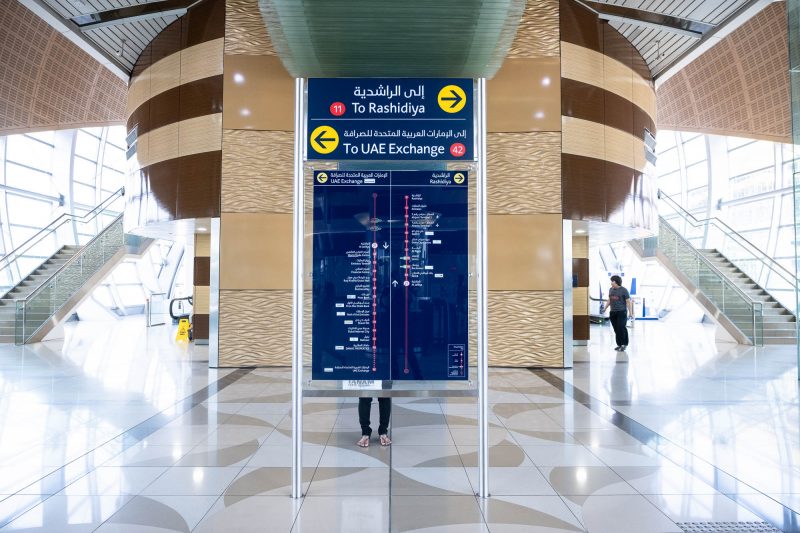
If you need more information, there are big touch screen stations where you can find out information such as a train times, ticket prices, and fines. Warning: There are many.
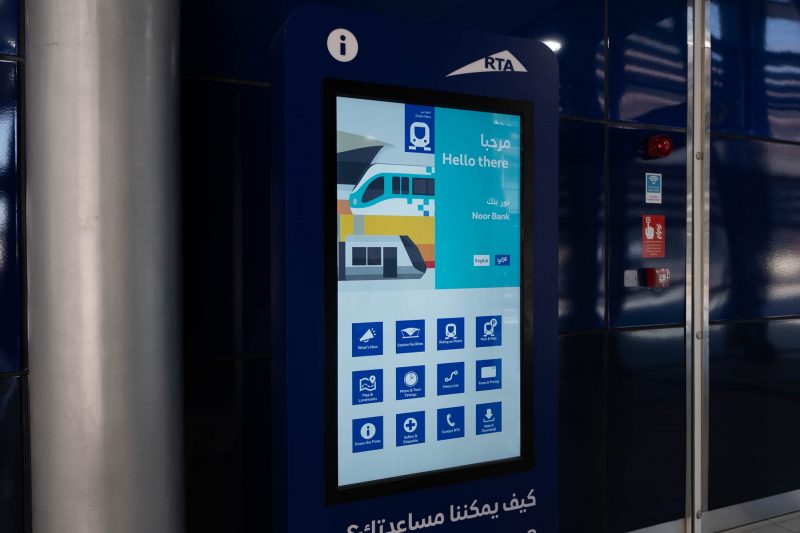
There are no "Showtime, Showtime" performers or kids selling candy on Dubai's trains. That's a quick $60 fine.
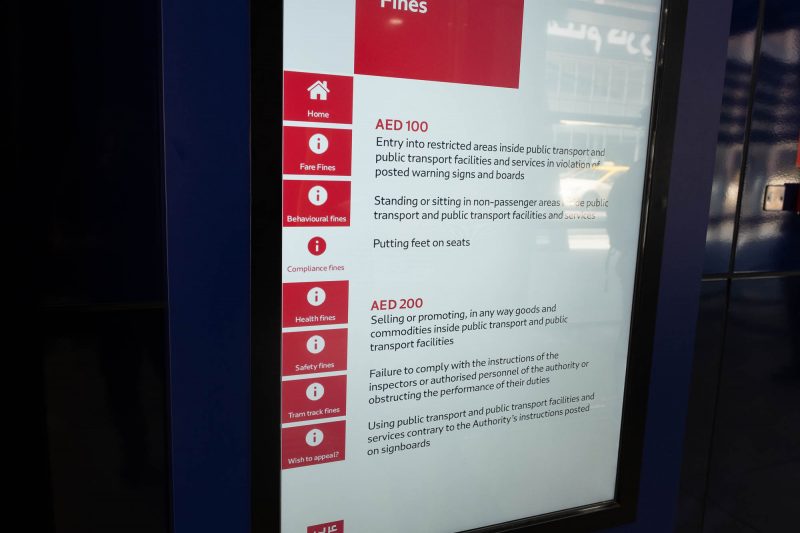
An escalator takes you to the train platform. Since the train system was launched in 2009, it has carried over 1 billion riders.
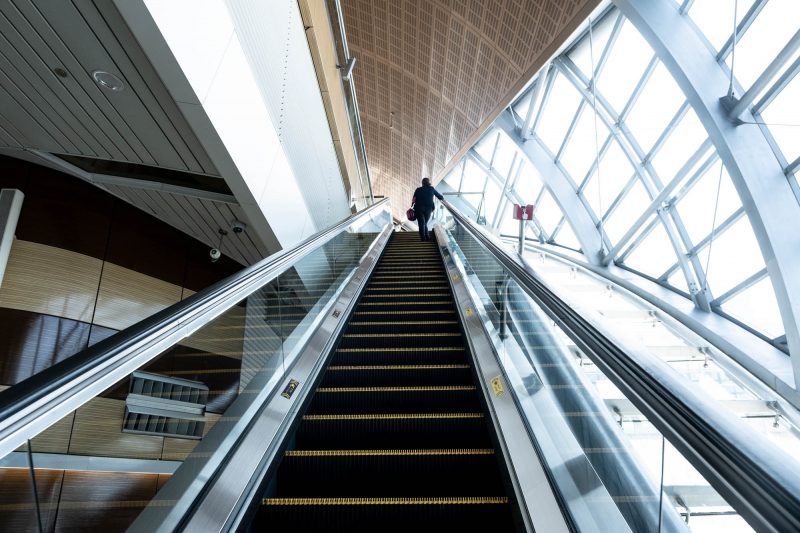
The automated trains run like clockwork, showing up on time 99% of the time. Those kinds of numbers bring tears to my eyes, as a New Yorker. The on-time rate for New York's trains was 65% as of July.
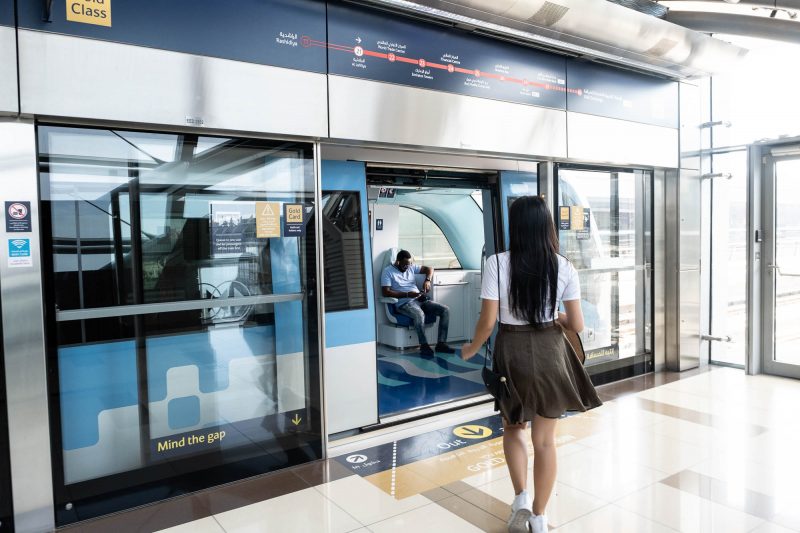
Source: The New York Times , Railway Technology
San Francisco and Washington D.C. are better at 86% and 88%, while the Los Angeles system is the only one to approach Dubai's level of accuracy.
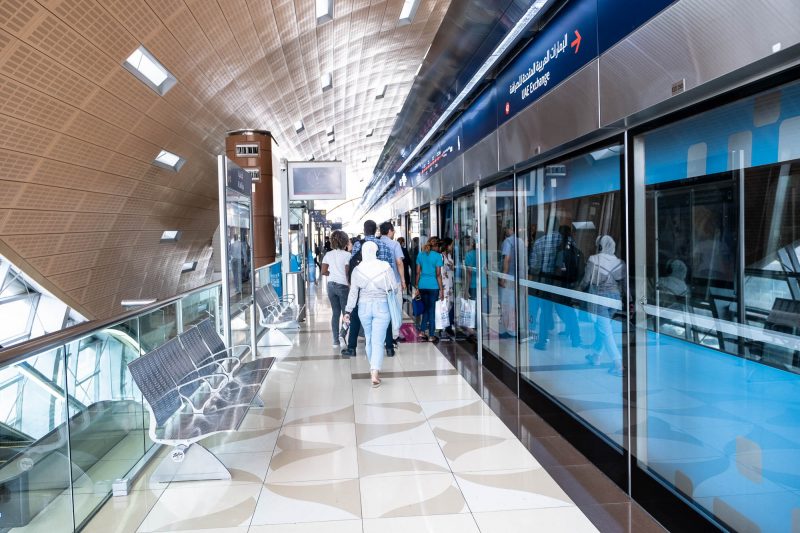
Source: Business Insider
Dubai's metro trains have three different classes of tickets — "Gold Class," regular, and "Women & Children Only."
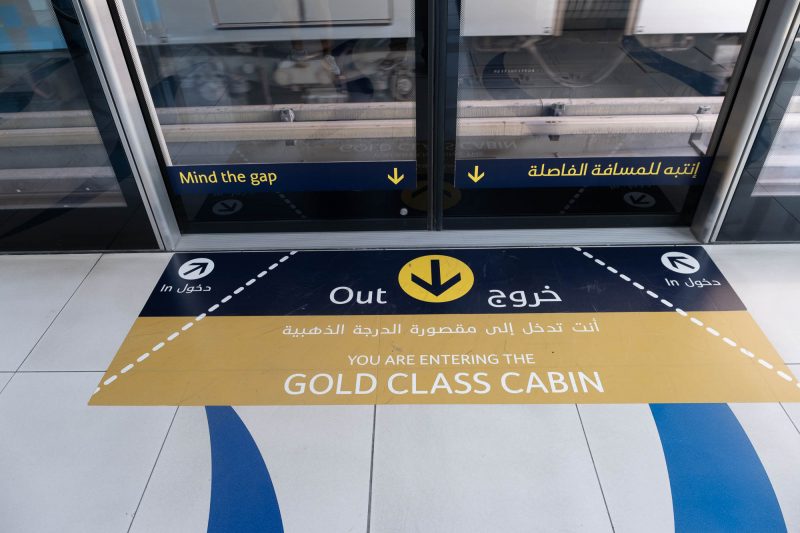
Source: Dubai Roads and Transport Authority
For the extra few bucks for Gold, you get a more open, spacious, and empty cabin.
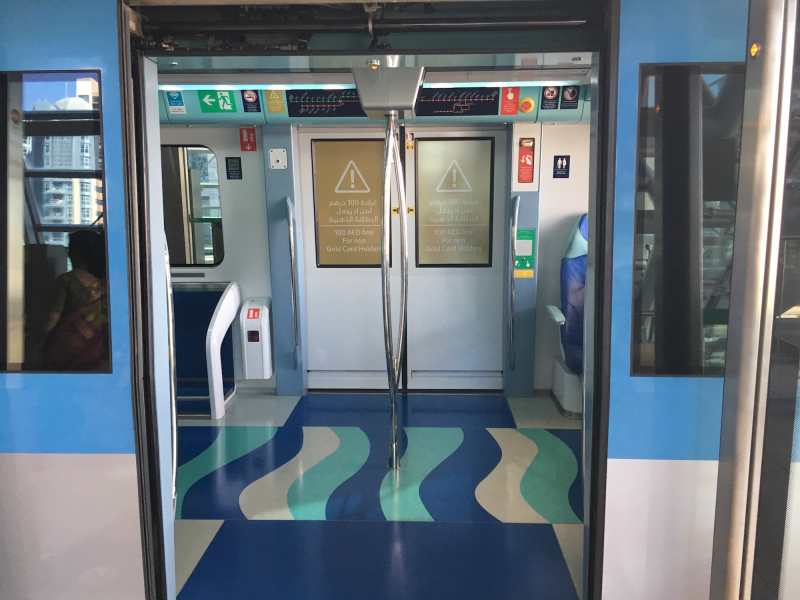
And big leather seats. Overall, some, like Business Insider transportation reporter Benjamin Zhang, think Dubai's Gold Class is the best metro experience in the world.
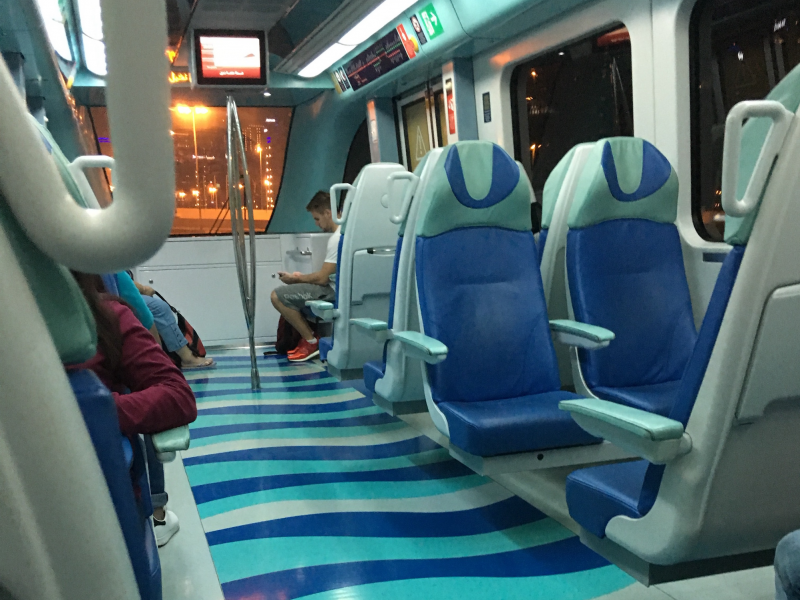
Read More: I rode the Dubai Metro in a first-class cabin - and it was the best subway ride I've ever had
Then there's the cabin exclusively for women and children. That doesn't cost anything extra for the fare, but makes sense given the United Arab Emirates' conservative culture.
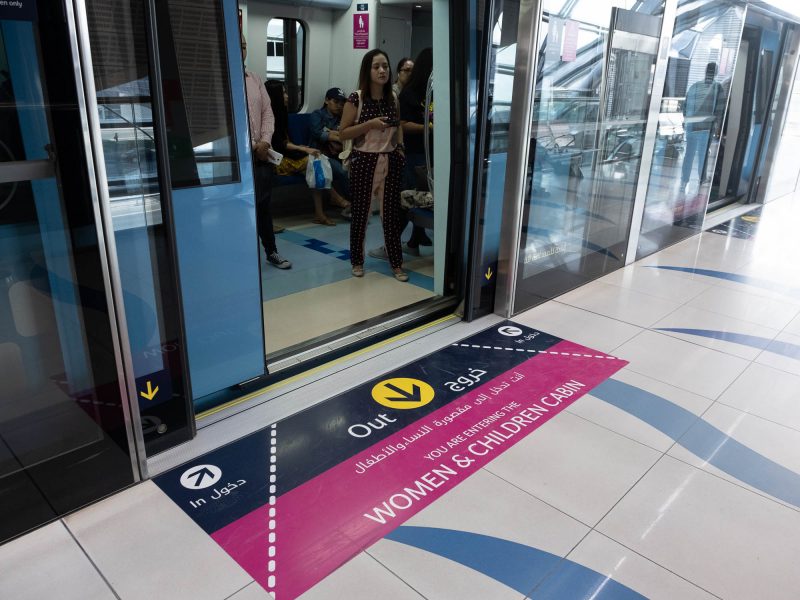
At least on the trains I rode, the women and children's cabin was just a section on the same car as regular or "Silver Class." That left the men crowded into the "Silver Class" side of the car. I saw a few men cross to stand in the women and children's cabin.
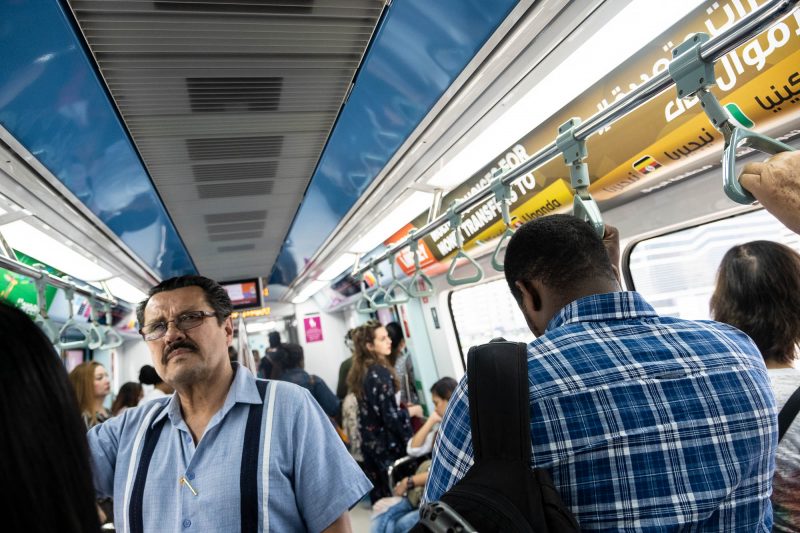
Dubai's trains can hit up to 55 miles per hour, but generally they run 30 miles per hour on average. By comparison, New York's trains run at 17 miles per hour on average, a figure that many in New York are trying to change.
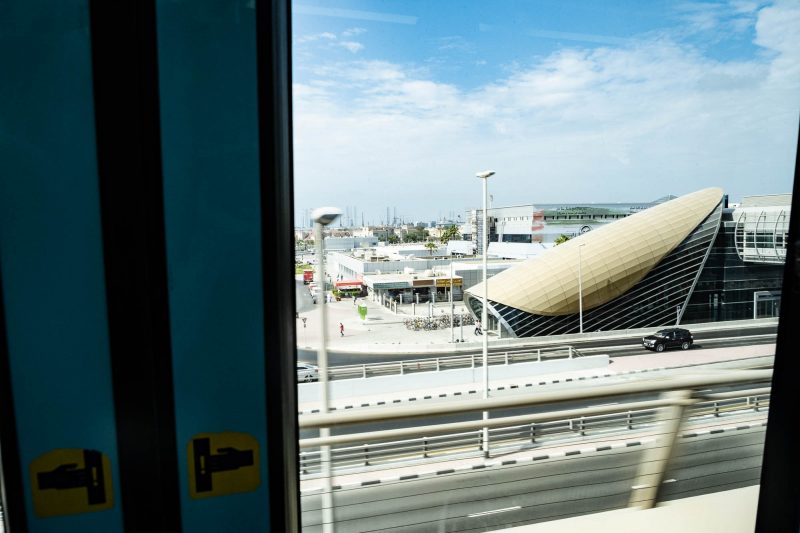
Source: New York Post
For a New Yorker, even 30 miles per hour feels very zippy on a metro train. The skyscrapers blow past as you ride.
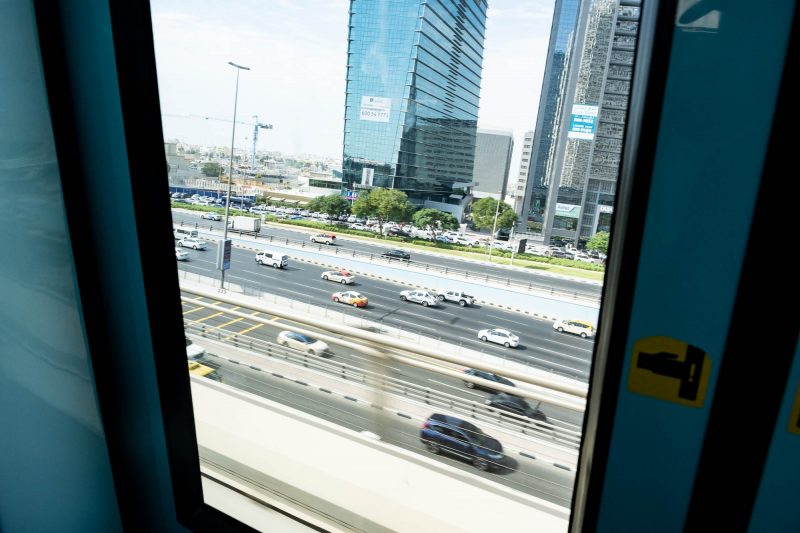
Around 350,000 passengers a day ride Dubai's metro, with recent studies suggesting ridership could push as high as 600,000 this year. That's a far cry from New York City's 5.5 million daily riders, but more in line with Boston, Philadelphia, or San Francisco's ridership.
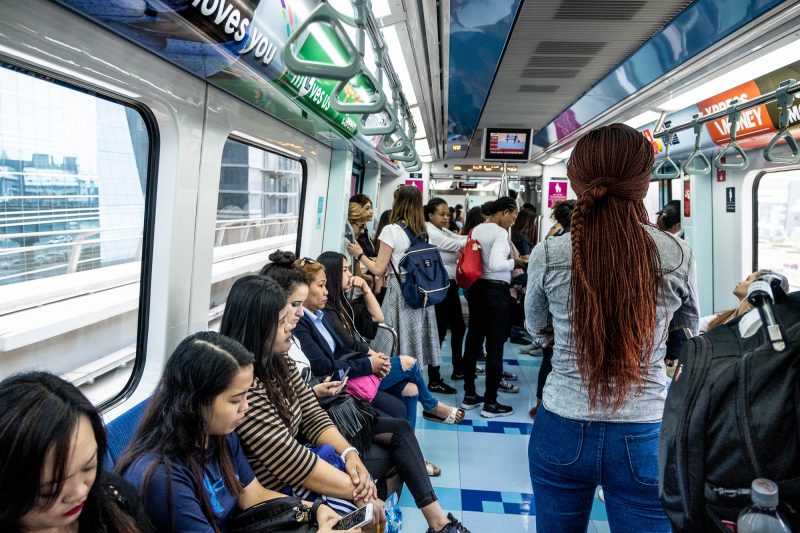
Source: The National, GulfNews, New York Times,
Even while busy, Dubai's metro is very clean and relatively quiet. That's hardly by accident. You can get fined for eating, drinking, or chewing gum on the train.

Each car has a screen in the center that puts up news, the next station, and other information.
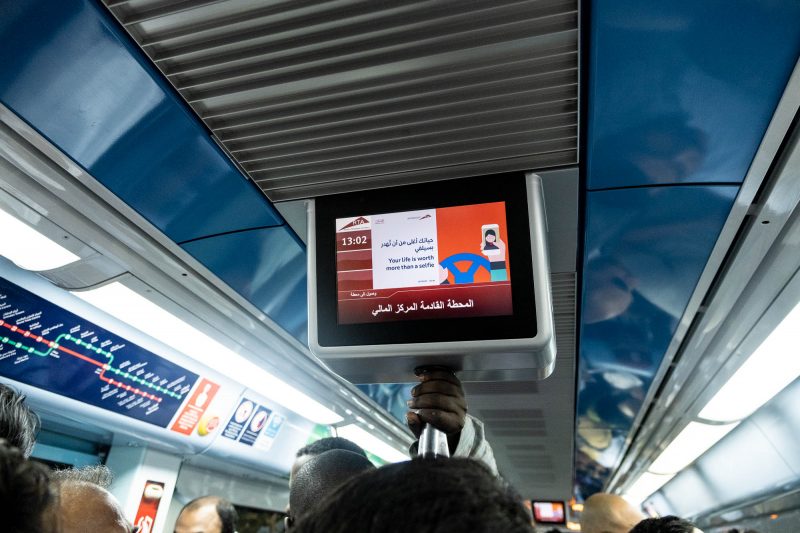
When we got to the Financial Centre station, it seemed like almost the entire train got off. That's the main downtown area in Dubai.
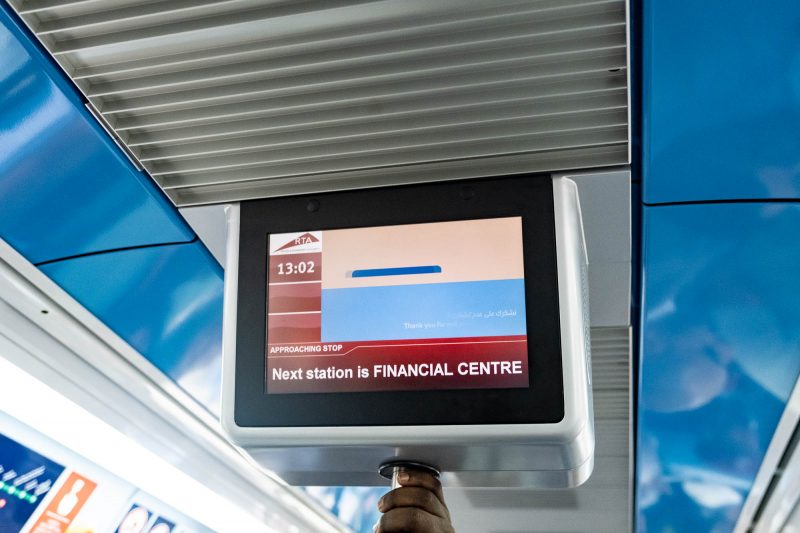
You can see the Burj Khalifa, the tallest tower in the world, from outside the train as you go into the station. It's a bit dizzying when you look outside.
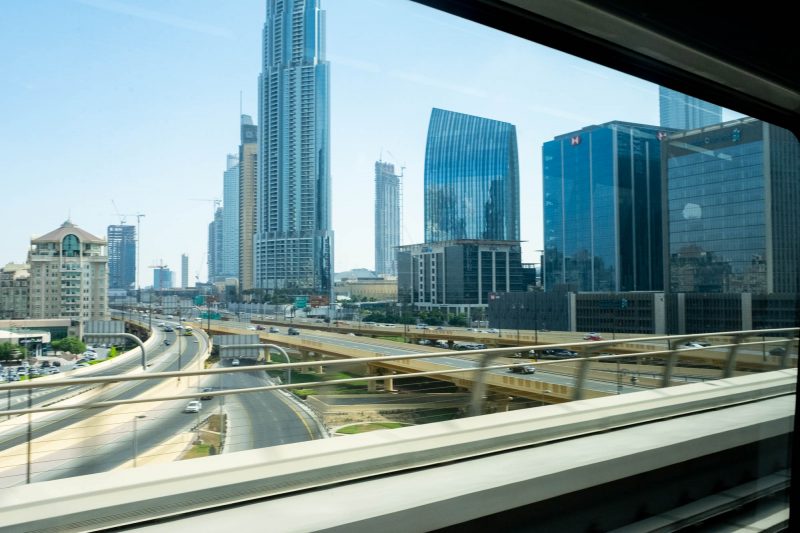
Dubai's residents seem to be very happy with the metro. "It has promoted public transport among all segments of the city's society. I have travelled around and used metro stations in the US and India. Dubai's Metro is way more organized, cleaner and faster," Georgie Babu, an Indian expat living in Dubai, told The National in September.
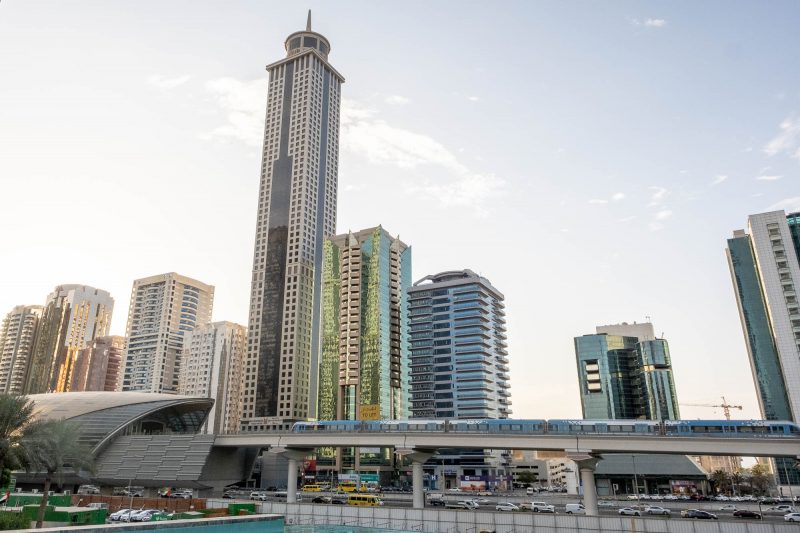
Source: The National
I had a few more stations to go. I got off at the Noor Bank station in the Al Quoz area, which happens to have a hip new arts district. Dubai made nearly $500 million by selling the naming rights to 23 of its metro stations. Not a bad way to raise capital.
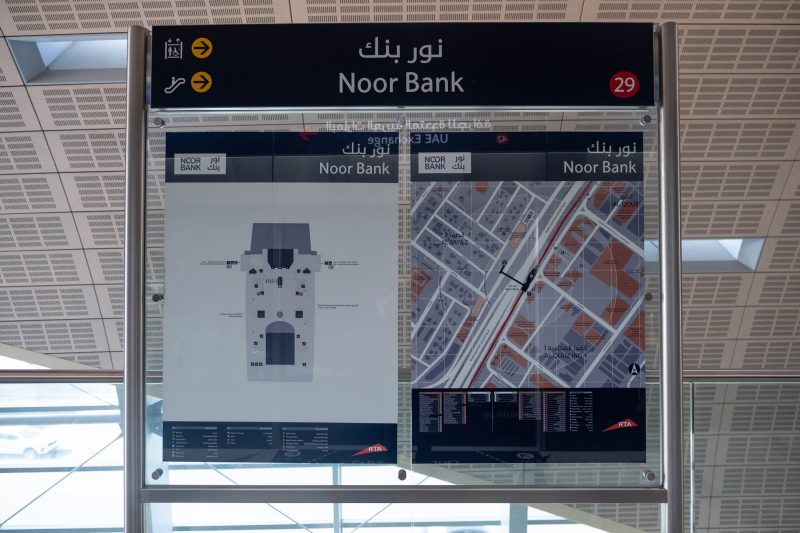
Source: Khajeel Times
Just as my train pulled away, it seemed another one was coming in. The time between trains is very short. Dubai ranks at 99% for train availability as well.
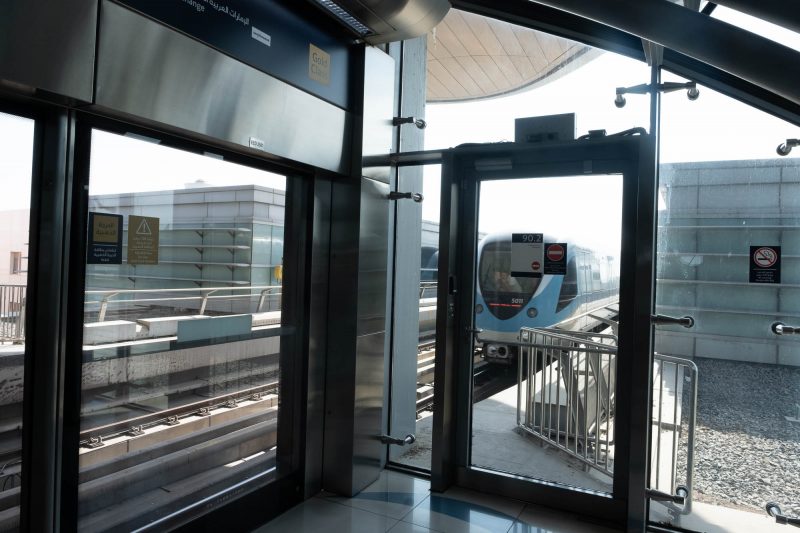
Source: Arabian Business
And then it was time to leave. It should be noted that Dubai's metro runs from 6 a.m. to 11 p.m., which is far from New York's 24-hour system. There have been discussions to extend hours to 1 a.m..
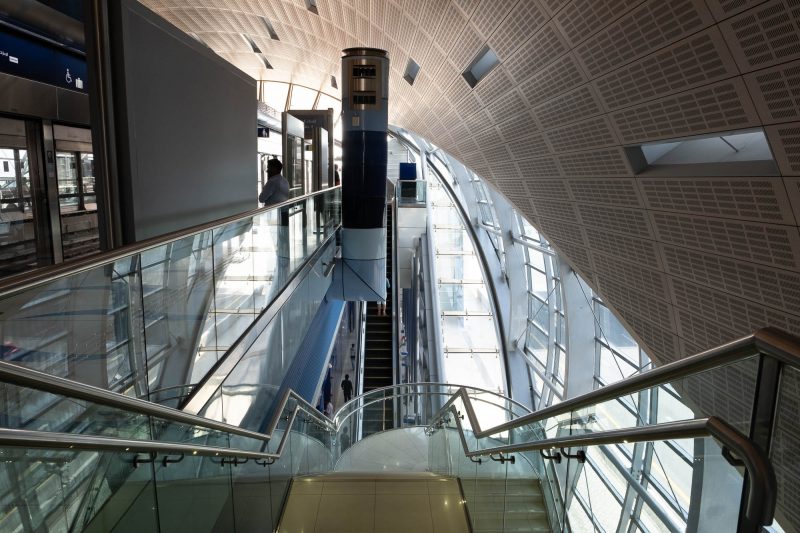
After riding in Dubai's metro over the course of a week, I couldn't help feel that the US is being left behind, at least when it comes to infrastructure.
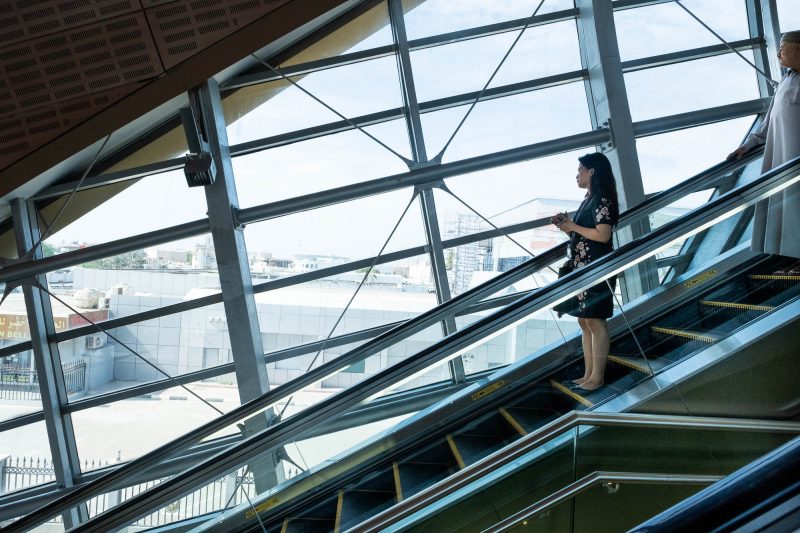
It's a similar feeling to the one I had while in China and riding its extensive and convenient high-speed train system: How does the the US not have metro systems with the technology, cleanliness, and efficiency of a country that only started running a metro a decade ago?
Most of the metro systems in the US, from SEPTA in Philadelphia to the BART in San Francisco to the subway in New York City, feel decrepit and crumbling when you ride them. The only automated systems in the US are either airport trains or small "people-mover" systems in places like Miami, Jacksonville, and Morgantown, West Virginia.
As a New Yorker, the subway is the system I am most familiar with. I have a deep, love-hate relationship with it. It takes me everywhere I want to go at any time of day, but, at the same time, it's clearly living on borrowed time. There are delays and malfunctions constantly and many of the cars look like they haven't been updated since the 1980s.
It seems crazy to me that New York, possibly the wealthiest city in the world, is still using signal equipment dating to the Great Depression, while Dubai operates a completely automated system. Obviously, switching subway to a driverless system would be a gargantuan effort, but the process has to be started at some point, right?
At the end of the day, the Dubai metro is a brand new and relatively small metro system for a budding city. But, after riding it for a week, I'm convinced that it shows that top-notch metro systems can be run by any city that makes it a priority.

